Mechanical Beasts: 20 Of The World’s Best Muscle Cars
Many of us have a passion for collecting certain things. Some would collect shoes, sunglasses, song albums, and other kinds of merchandise. However, some people have the money to shift to higher gears, stomp on the gas pedal even further than others, and get the merchandise of their choice. Sometimes, that very merchandise is expensive cars.
Ever since the automobile’s invention, cars have slowly dominated the roads, eventually replacing horse carriages entirely. And with each passing year, car manufacturers learn from their previous models, while observing the ones other companies have made, and utilize their newfound knowledge to improve their newer models. As a result, most car manufacturers have established a healthy rivalry with other companies and have continually competed in making the best vehicle to enter the market. Among these vehicles include high-powered cars that can reach incredible speeds in a remarkably short time. These muscle cars, especially, have become precious collector’s items for car enthusiasts – the older the car, the more valuable it becomes. For this article, we will be showcasing twenty of the best muscle cars in automobile history — so fasten your seatbelts!
1. 1965 Pontiac Catalina 2+2
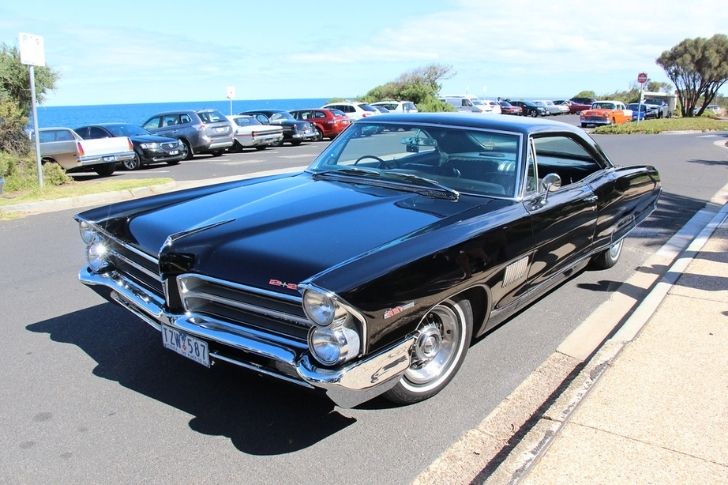
The 1965 Pontiac Catalina 2+2’s design was made back in the years when safety standards for car manufacturers still weren’t too strict — which was, to a degree, an ideal time to make muscle cars. Thanks to this relatively free work environment where manufacturers can modify a car’s specifications to their heart’s content, the Catalina, upon release, was considered the original muscle car.
It became the go-to target for rival car manufacturers, and they attempted to surpass the Pontiac Catalina’s numbers with their own models. To modify the vehicles to their fullest potential, most of Pontiac’s cars were sent to the tuning shop, Royal, which provided Pontiac-approved parts for its clients. Though it wasn’t as successful as the other cars Pontiac sold at the time, the 2+2 is now a precious collector’s item for many enthusiasts.
2. 1969-1971 Baldwin-Motion Phase III GT Corvette
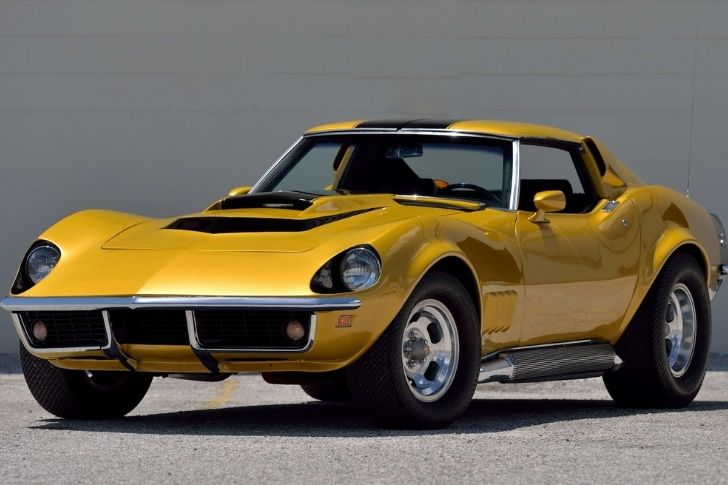
What started as a partnership between Baldwin Chevrolet and Joel Rosen’s Motion Performance is now among the many precious treasure pieces that represent a significant moment in the history of cars.
Baldwin Chevrolet often delivered a set of Corvettes to Rosen’s speed shop, Motion Performance, across the road, for the latter to optimize to reach the peak of their capabilities – Rosen dreamt of building a fast and functional all-American GT sports car. Eventually, Rosen’s modifications with the Corvette reached the ears of the car’s creator, Zora Arkus-Duntov. After seeing the car at the 1969 New York International Auto Show, Arkus-Duntov gave Rosen credit for expanding the GT’s capabilities. In later years, the Corvette has become one of the rarest muscle cars an enthusiast can own – out of the manufactured, only six are known to have endured through the ages.
3. 1969 AMX/3
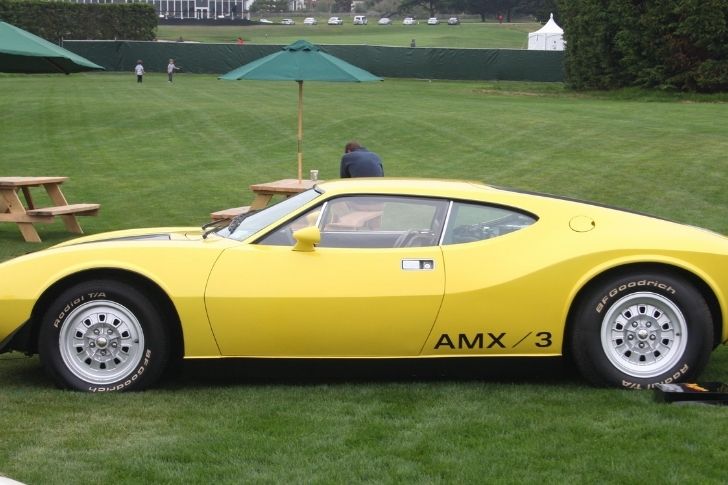
The birth of this beautiful artwork in the form of a car was thanks to the investments made by AMC’s team, led by Dick Teague, ItalDesign, BMW, and Italian designer Giotto Bizzarrini. And with its horsepower of 340, the AMX/3 could reach acceleration rates of 60 mph under 5 seconds, eventually peaking to around 170 mph – a feat worthy of praise, especially during its time.
The AMX/3 was a car that had its exterior beauty complement its interior design, making it both stylish and technically impressive, especially to car enthusiasts. Unfortunately, due to the engineering costs being too expensive for AMC, only six of the AMX/3 cars were ever manufactured – three of which are now displayed in museums, two were sold, and one is stored in a private garage somewhere.
4. Dodge Challenger SRT Hellcat Redeye
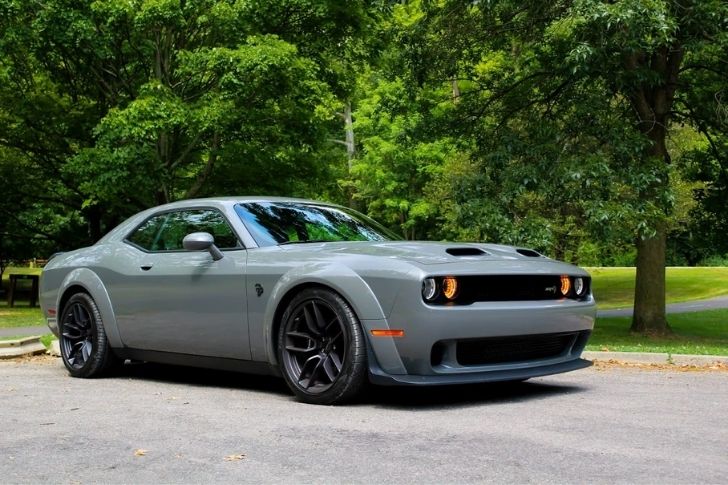
Some enthusiasts prefer to buy older models while others go for what’s new in the market. But with Dodge’s Challenger SRT Hellcat Redeye, these two worlds collide thanks to the vehicle’s design which is reminiscent of the company’s older models. It is a model that’s been bolstered by the many improvements their technology made through the years, and it’s been said to have been designed in a way that didn’t compromise the comfort and safety of the people riding it.
With the ability to reach a quarter-mile in 10.8 seconds and burn 16.7 gallons of gas after 81 miles, the Hellcat Redeye is one of the strongest muscle cars today. Furthermore, its features provide the utmost convenience to its driver and passengers, including a hands-free, voice-activated command set, a Blind-Spot monitoring system to make shifting lanes safer, and a Forward Collision Warning system to help the driver maintain a safe distance between himself and the vehicle ahead.
5. 1966 Plymouth Barracuda
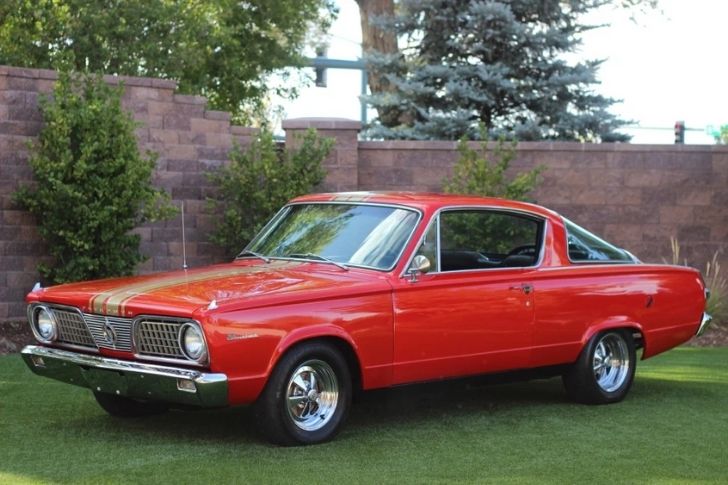
What started, to some degree, as a modification of Plymouth’s Valiant model, the Plymouth Barracuda eventually became a notable muscle car in its own right. With the Valiant Barracuda models initially only carrying a horsepower of at most 150, the ’66 Barracuda was fitted with a 235-hp engine, making it able to reach 60 mph in only 10 seconds.
Along with its impressive technical features, the Barracuda also possesses a distinct and stylish exterior design, with a low profile and a massive rear window for its exterior design, making it an overall well-balanced car. Eventually, the Barracuda was redesigned to improve its features further. By 1969, Barracuda met its new variant, the ‘Cuda, which was just as gas-guzzling, but was built to be more of a performance car with a horsepower of 330.
6. 1966 Shelby GT350
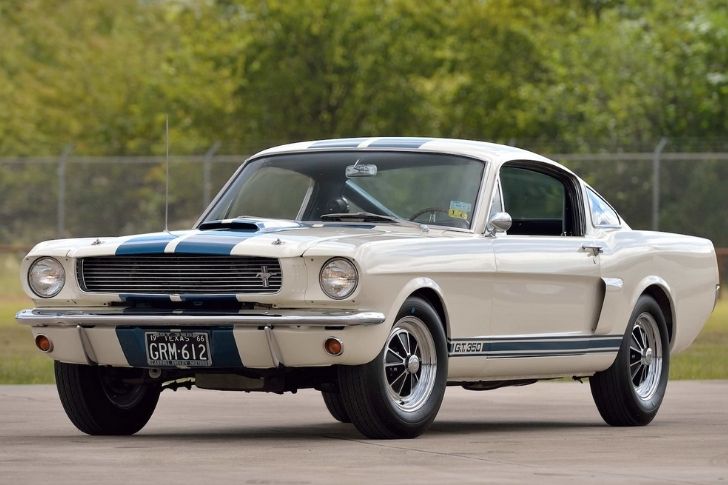
The 1966 Shelby GT350 was a beast of a machine that radiated power in its design and technical aspects. Upon release, it probably radiated too much of its power since it overwhelmed its first set of customers, who believed the car to be too “hardcore.” As a way for Shelby to make the most out of the investments made for this model, they replaced some features, removing others entirely, and presented the remaining ones as optional features that customers may or may not include with their purchase.
Among those optional features was a Paxton supercharger that boosted the GT350’s horsepower output by 46%. Though it is a noteworthy feature that augmented the car, the $700 option was just too big of a cost to add to its original price – only 12 customers paid for this feature.
7. 1969 Chevrolet Camaro Z28
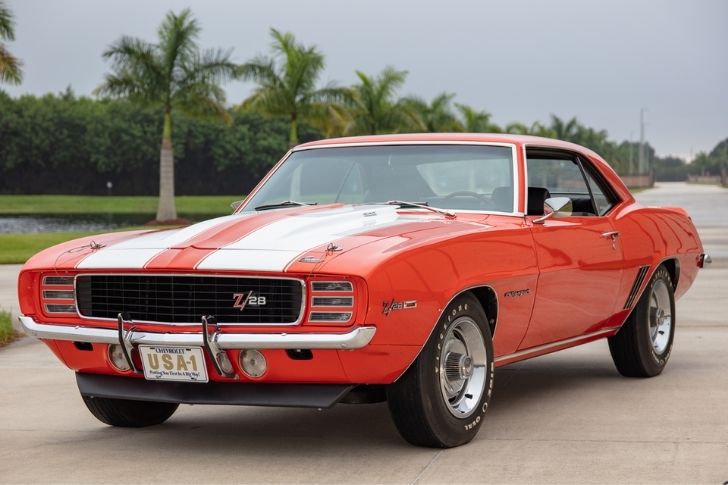
This beautifully designed Camaro was the dream car of many newly-licensed drivers back in the day. Though it only has a horsepower of 290, which is relatively lower than other muscle cars during its time, the Z28 was, and still is, an excellent addition for many car enthusiasts’ collection.
With Z28’s beautifully designed exterior — especially its iconic racing stripes — this muscle car was among the many investments Chevrolet has made in its factories that showed how proficient they were in making visually pleasing vehicles that possess impressive technical features. Eventually, Chevrolet sold a whopping 602 units of the Camaro Z28 in 1967, only for it to skyrocket to 20,000 by 1969, further proving how much this gas-guzzling beast of a machine has grown in popularity throughout the years.
8. 1978 Pontiac Firebird Trans Am
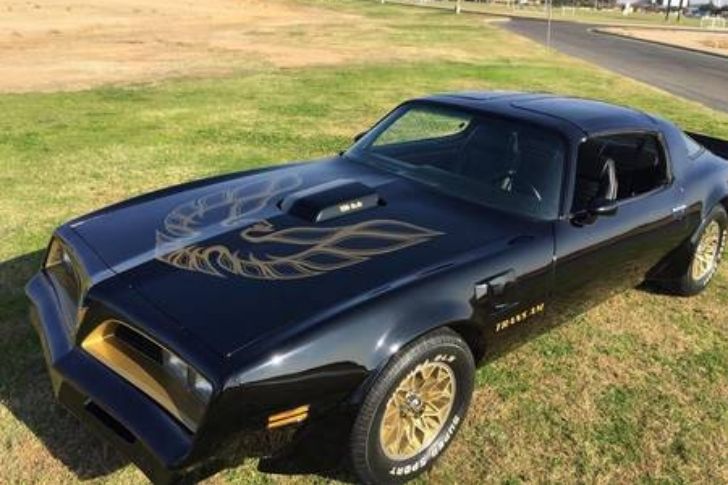
With the sudden rise in gas prices, many car manufacturing companies had to compromise their newer units’ horsepower to compensate for this hurdle while still competing with the gradual emergence of compact cars. However, for Pontiac’s Firebird Trans Am, the vehicle’s design was made to stop the trending decline of a cars’ power.
With the Trans Am essentially being an upgrade of its predecessor’s build in both its exterior design and other technical aspects, the unit adds 40 more horsepower to the previous model’s configuration, giving it a total of around 220 hp. And with the Firebird’s rise in popularity ever since its base model’s release, Pontiac’s sales kept rising after every upgrade they made to the unit – indeed, more than half of the Firebirds sold in 1979 were Trans Am models.
9. 1968 Ford Mustang Shelby GT500
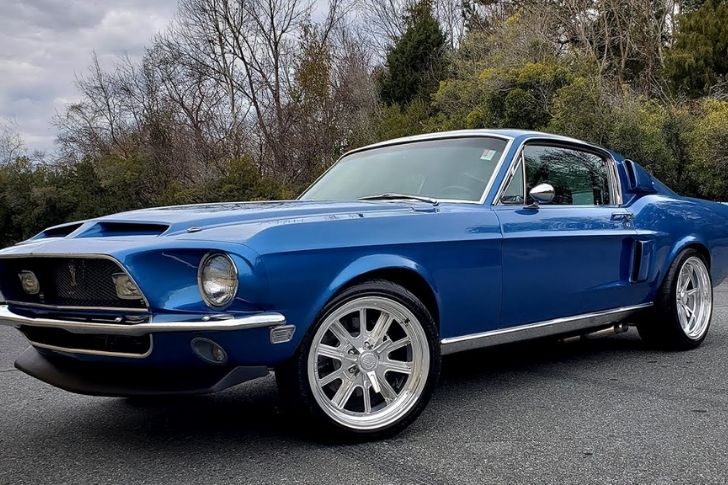
Although the 1965 and 1966 GT350s were already relatively flawless builds in Ford’s Mustang series, its manufacturers still saw room for improvement. With their newer GT500s, the Mustang improved immensely from its previous build.
After this car’s manufacturing run, it has managed to take credit for becoming one of the world’s rarest cars. Although the convertible design resumed manufacturing the following year, there is only one 1967 Shelby convertible in existence. The other one was Carroll Shelby’s very own “Super Snake” unit, which can reach speeds of up to 170 mph. Unfortunately, only one unit was ever made due to the public showing little to no interest in it – it was eventually sold in 2013 for $1.3 million.
10. 1969 Dodge Charger Daytona
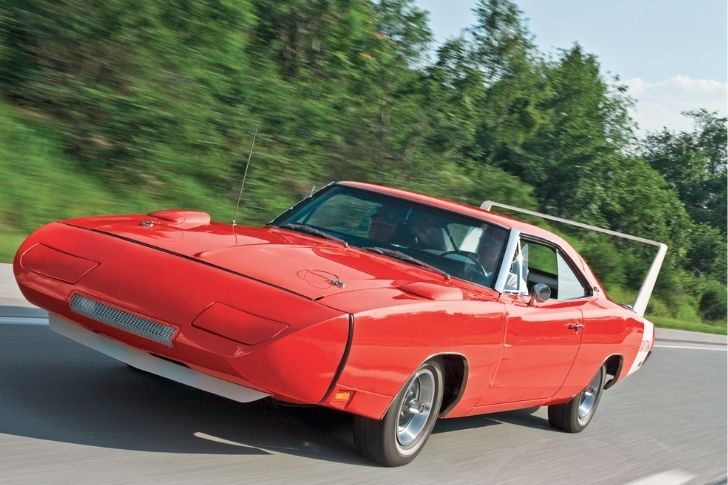
Along with the 1970 Plymouth Superbird, the 1969 Dodge Charger Daytona was designed to win races. And if the two cars look familiar, it’s because the Superbird was the basis for the design of Strip “The King” Weathers from Pixar’s Cars, with NASCAR Hall of Famer Richard Petty lending his voice to the character.
Because the Daytona’s design was dedicated to increasing its speed and reducing air resistance, the vehicle was able to win a series of races and become the first car in NASCAR history to exceed 200 mph. However, the Daytona performed so well in NASCAR that, to some degree, a new rule was written because of it. The new rule essentially banned it from being used in future races. And since it was made to be a racecar, the Daytona is a very rare limited edition unit – only 503 Daytonas were.
